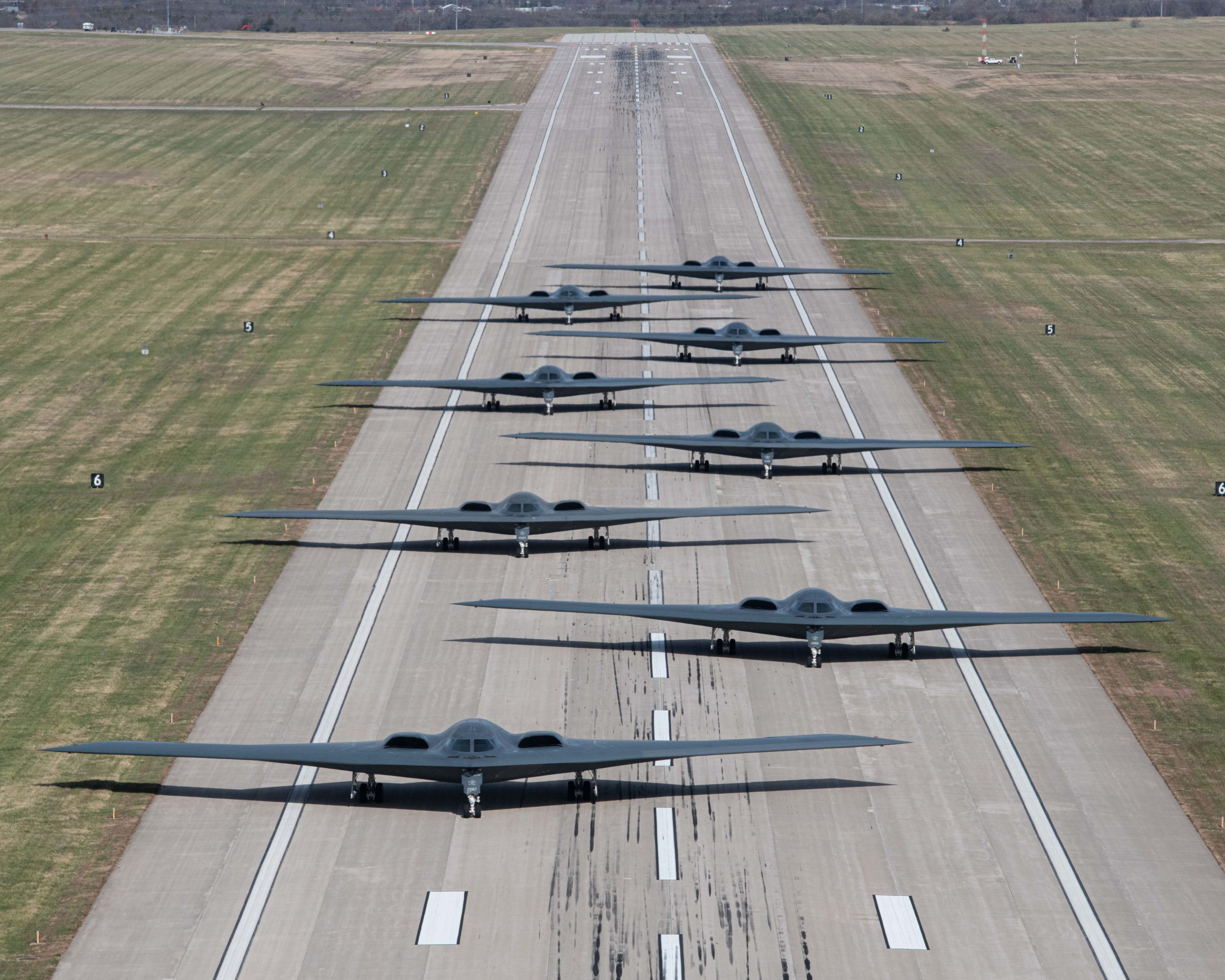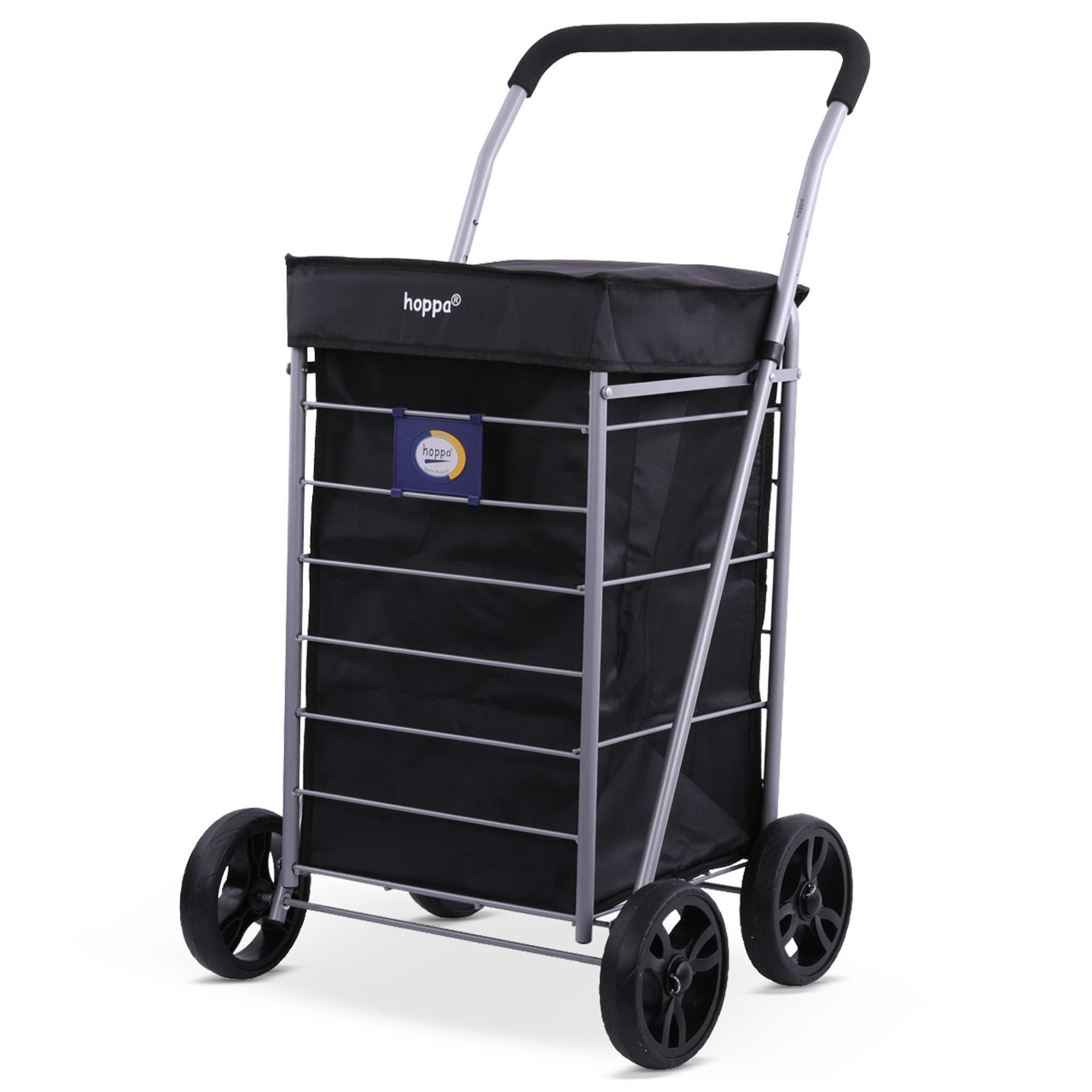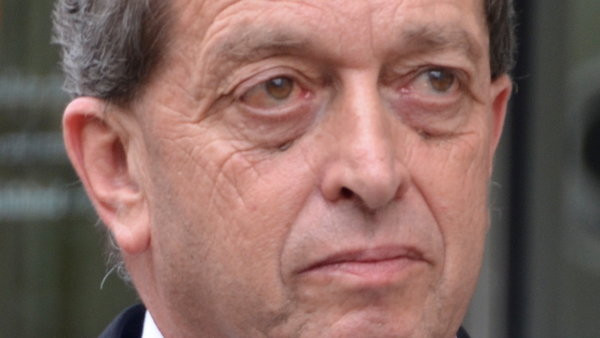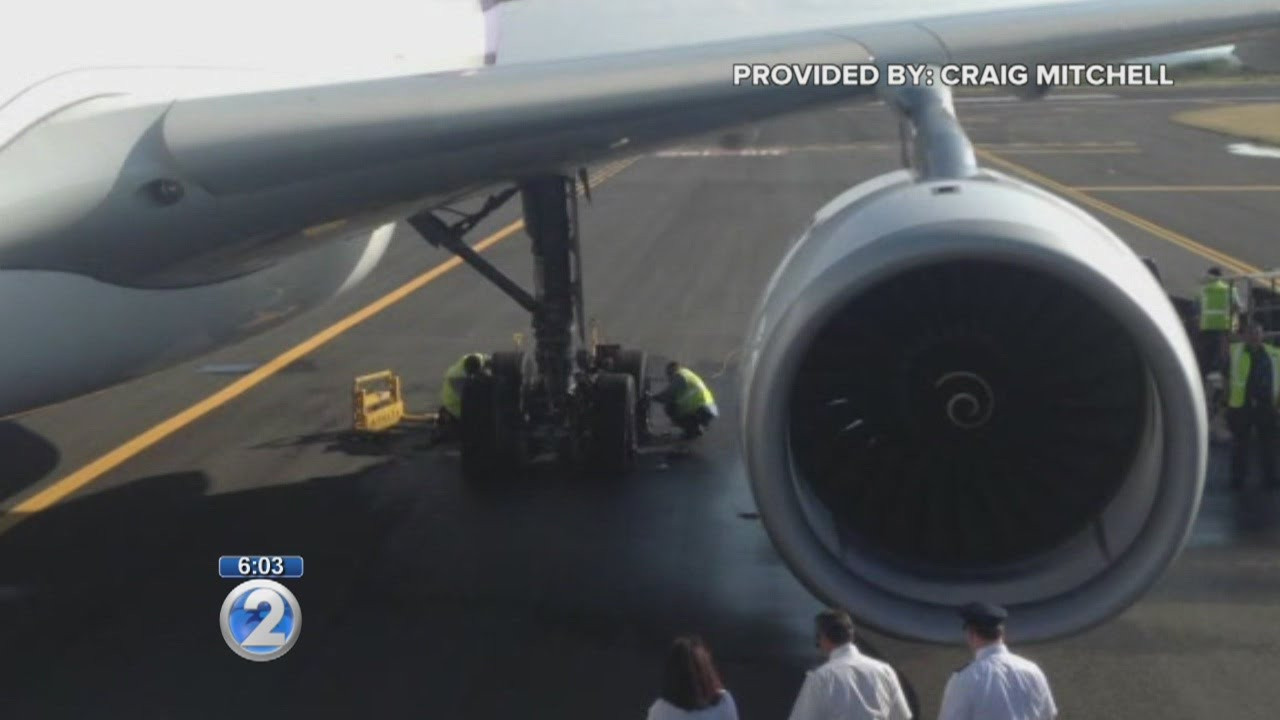A trio of United States Air Force B-2 Spirit bombers headed to the land down under, arriving at Royal Australian Air Force Base Amberley this past weekend, as part of the air service's latest Bomber Task Force (BTF) deployment. The long-range strategic bombers were accompanied in the epic flight by two KC-135R tanker aircraft from the Illinois National Guard.
"A Bomber Task Force deployment of U.S. Air Force B-2 Spirit stealth bombers, Airmen and support equipment from the 509th Bomb Wing and 131st BW, Whiteman Air Force Base, Missouri, has began at Royal Australian Air Force Base Amberley, Australia, Aug. 16, 2024," the Pacific Air Forces (PACAF) announced.
"United States strategic bombers can operate in the Indo-Pacific region from a broad array of overseas and continental U.S. locations with great operational resilience," PACAF added. "This deployment is in support of Pacific Air Forces’ training efforts with allies, partners, and joint forces and strategic deterrence missions to reinforce the rules-based international order. The Pacific Air Forces look for every opportunity to train alongside our allies and partners to demonstrate interoperability and bolster our collective ability to support a free and open Indo-Pacific."
Back Down Under
This deployment marks the first rotation of the flying wing bombers to Australia since the summer of 2022, while Spirits were also deployed to Guam earlier this year, the first time in more than five years. It was not announced how long the B-2s will remain in Australia, but according to Air & Space Forces magazine, such BTF deployments last two to three weeks, and include "training events with allies in the area to practice interoperability and secondary deployments to other locations to gain experience operating from airfields unaccustomed to supporting a bomber presence."
The U.S. has increased its interoperability exercises with the Royal Australian Air Force (RAAF). The deployment of the B-2s comes just weeks after U.S. Air Force F-22 Raptors and RAAF F-35A Lightning IIs took part in a "hot pit" refueling exercise, a key component of the Agile Employment Concept (ACE). That followed the recently concluded Exercise Pitch Black 24, the largest in the military's drill's 43-year history – which drew 20 participating nations and more than 140 aircraft from partner countries.
During the July 2022 deployment, the U.S. Air Force flying wing bombers took part in the bilateral "Koolendong 22" exercises, which included drills with the RAAF's F-35As, while Australia's Lightning IIs also participated in the Red Flag exercises for the first time in January at Nellis Air Force Base (AFB), Nevada, flying with the B-2s.
It hasn't just been the U.S. Air Force's B-2s that have been logging the miles this year. In May, four U.S. Air Force B-52 Stratofortress bombers from Minot AFB landed at RAF Fairford as part of a routine Bomber Task Force (BTF) deployment, operating with NATO allies under BTF Europe 24-3.
That deployment was part of the air service's ongoing "Large Scale Global Exercise" series.
That same month, B-1 Lancers from the 28th Bomb Wing arrived at Andersen AFB, Guam, for a BTF deployment, integrating and training with allies and regional partners; while in July a pair of B-52s assigned to the 2nd Bomb Wing flew from Barksdale AFB, Louisiana, to Mihail Kogalniceanu Airbase, Romania, as part of the Bomber Task Force 24-4 mission.
The United States Air Force is the only NATO member, and just one of three nations – along with China and Russia – to operate long-range strategic bombers.
A Show of Force
The B-2 deployment to Australia is a clear demonstration of the U.S. commitment to maintaining a strong presence in the Indo-Pacific. This commitment is particularly important given the growing tensions in the region, particularly with China. The U.S. is working to deter aggression and ensure the freedom of navigation in the region.
By deploying B-2 bombers to Australia, the U.S. is sending a message that it is prepared to defend its interests and those of its allies in the region. The B-2 is a powerful symbol of U.S. air power, and its presence in Australia will undoubtedly serve as a deterrent to any potential aggressors.
The deployment of B-2s to Australia also serves as a reminder of the importance of the U.S.-Australia alliance. The two countries have a long history of working together to promote peace and security in the region. The B-2 deployment is a sign of the strong relationship between the two countries and a commitment to working together to meet the challenges of the 21st century.
The B-2 deployment is a significant event in the Indo-Pacific region. It demonstrates the U.S. commitment to the region and its willingness to deter aggression. The B-2 is a powerful weapon system, and its presence in Australia will undoubtedly serve as a deterrent to any potential aggressors. The U.S. and Australia have a strong alliance, and the B-2 deployment is a sign of the commitment to working together to promote peace and security in the region.
It remains to be seen what impact the B-2 deployment will have on the security situation in the Indo-Pacific region. However, it is clear that the U.S. is committed to maintaining a strong presence in the region and deterring aggression. The B-2 deployment is a sign of the U.S. commitment to the region and its allies, and it will likely have a significant impact on the security landscape in the Indo-Pacific.
What's Next?
The B-2 deployment to Australia is just the latest example of the U.S. Air Force's growing presence in the Indo-Pacific. The U.S. is working to deter aggression and maintain a free and open Indo-Pacific. The B-2 deployment is a sign of the U.S. commitment to the region and its allies.
The U.S. is also working to build up its presence in the region by expanding its facilities and increasing its cooperation with allies. The U.S. is committed to working with its allies to meet the challenges of the 21st century.
The B-2 deployment to Australia is a significant event in the Indo-Pacific region. It demonstrates the U.S. commitment to the region and its willingness to deter aggression. The B-2 is a powerful weapon system, and its presence in Australia will undoubtedly serve as a deterrent to any potential aggressors. The U.S. and Australia have a strong alliance, and the B-2 deployment is a sign of the commitment to working together to promote peace and security in the region.

















